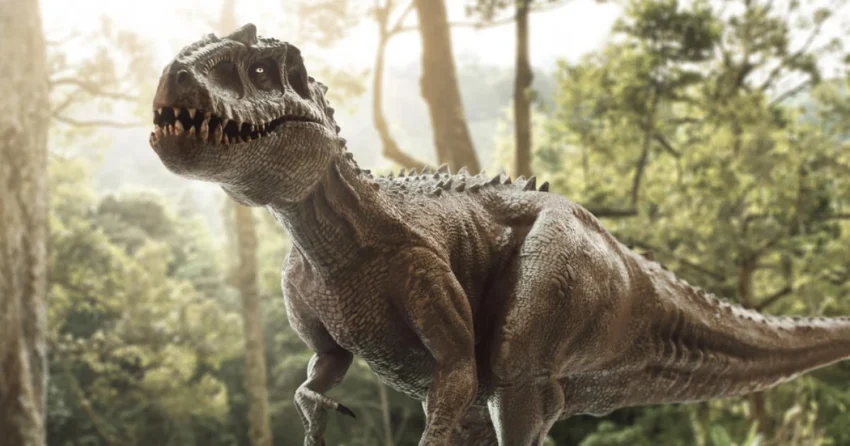The mighty Tyrannosaurus rex, or T-rex, is arguably the most iconic dinosaur ever to roam the Earth. Its name evokes visions of a towering predator, stalking its prey with ferocious intensity. However, when picturing a T-rex, the landscapes of North America often come to mind, as fossil evidence confirms that this formidable dinosaur primarily lived there. This raises an intriguing question: were there T-rexes in the UK?
The Geographic Range of the T-rex
T-rex fossils have predominantly been discovered in the western regions of North America, particularly in what is now Montana, South Dakota, and Wyoming. These fossils date back to the late Cretaceous period, approximately 68 to 66 million years ago. During this time, North America was divided by an inland sea, creating an environment well-suited for the T-rex’s predatory lifestyle.
However, the fossil record for T-rex in Europe, including the UK, is notably absent. This absence suggests that T-rexes did not inhabit the British Isles. It is important to understand that 66 million years ago, the continents were arranged very differently from today. The UK was part of a separate landmass and located closer to the equator, surrounded by shallow seas. These geological conditions and the evolutionary paths of dinosaurs in different regions likely played a role in the absence of T-rex in the UK.
What Dinosaurs Lived in the UK?
While the T-rex did not roam the UK, the region was home to an impressive array of dinosaurs. Fossil discoveries in the UK have revealed species such as Baryonyx, Iguanodon, and Megalosaurus. These dinosaurs belonged to different periods of the Mesozoic Era and thrived in the unique ecosystems that existed in what is now the British Isles.
For instance, Megalosaurus holds a special place in paleontology history as the first dinosaur to be scientifically described. Discovered in the early 19th century, its fossils were unearthed in Oxfordshire, marking the UK as a key location in the study of dinosaurs. Meanwhile, Baryonyx, a fish-eating dinosaur, was discovered in Surrey in 1983, showcasing the diversity of prehistoric life in the region.
Why Wasn’t the T-rex in the UK?
The absence of T-rex fossils in the UK likely stems from a combination of geographic isolation and ecological differences. During the late Cretaceous period, the landmass that would become the UK was separated from North America by vast oceans. This isolation meant that certain dinosaur species, such as T-rex, could not migrate between the continents.
Additionally, the ecosystems in the UK were significantly different from those in North America. The shallow seas and coastal environments of the region may not have supported the same prey species that sustained large predators like the T-rex. Instead, the UK’s ecosystems were dominated by smaller theropods, herbivorous dinosaurs, and marine reptiles.
The Legacy of Dinosaurs in the UK
Although the T-rex did not roam the British Isles, the UK’s fossil record provides invaluable insights into the diverse world of dinosaurs. The discoveries of species like Megalosaurus and Iguanodon underscore the region’s significance in paleontology. These findings continue to shape our understanding of how dinosaurs evolved and adapted to different environments across the globe.
In conclusion, while the T-rex remains firmly associated with North America, the UK’s rich dinosaur history offers a fascinating glimpse into the prehistoric world. From iconic fossils to groundbreaking discoveries, the British Isles hold their own unique place in the story of dinosaurs—even if the king of the dinosaurs never called it home.For more information click dinorepeat.com

